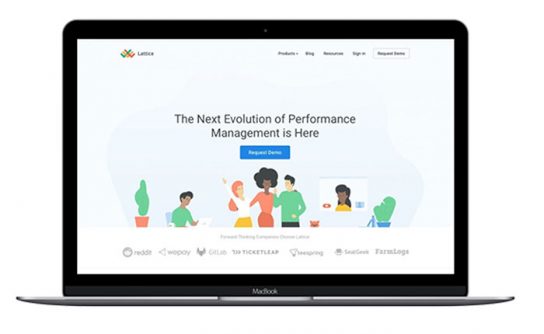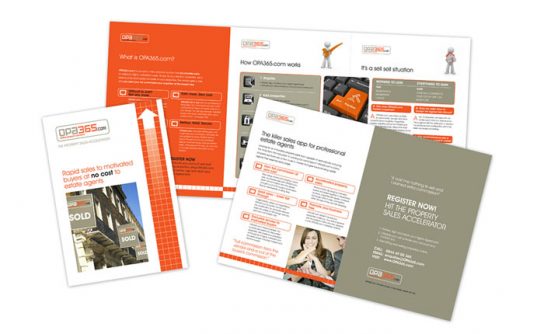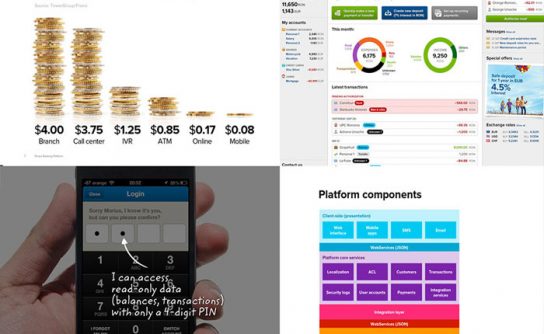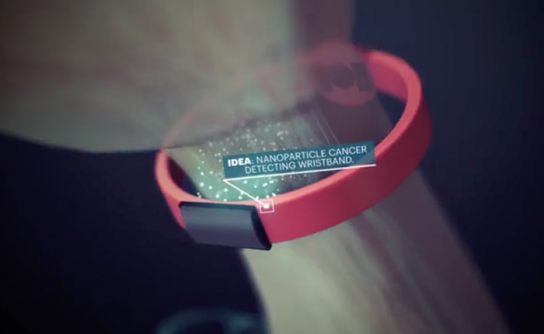As an entrepreneur, we should first be very good at finding the right problem, before spending weeks, months or even years building solutions. Sometimes, despite the fact our solutions are amazing technologies or superbly-written code, they fail because they don’t respond to real market needs. We only come to this realization after having built a product that doesn’t sell.
We can tackle this by doing thorough customer discovery, by building MVPs or by planning carefully. Yet we keep failing, getting up, trying again, and failing again. We apply all the advice from all the startup gurus, and yet we keep failing until we run out of cash or become too tired and give up.
But what if you could sell your product before it even existed?
Validating customer needs
The fear of selling something that doesn’t exist is understandable, but you can start this process during your Primary Market Research. Every interview with potential customers can be a chance for you to measure their real interest. It gives you an opportunity to re-think, test, refine your solution and prove your business model.
One of the fallacies of the Lean Startup methodology and building MVPs (Minimum Viable Products) is that these MVPs don’t really prove there is a real need that will drive customers to pay. A startup should be a business, not a product or technology, therefore, experiments and hypothesis should be linked to the viability of the business, not of the product of technology. This is why a better approach is starting with an MVBP (Minimum Viable Business Product), which can validate the need from a commercial side (not a technology side).
This is what Dropbox did when they designed their product 11 years ago. Instead of taking the “build it and they will come” approach that was expected from them as engineers, the team gathered feedback from customers about what really mattered to them, in parallel with their product development efforts. In trying to answer the question of whether or not people will try their product because of the superior customer experience it provided, they confirmed that file synchronization was a problem that most people didn’t know they had. Their interactions with customers who experienced the solution for the first time showed that people couldn’t imagine ever having lived without Dropbox.
The High-Level Product Specification
The Disciplined Entrepreneurship framework, created by Bill Aulet at MIT, startup teams are encouraged to create a presentation of their solution, which we refer to as a High-Level Product Specification. It can be a PowerPoint presentation, a short video, a drawing, an illustration, a landing page, a storyboard, a diagram, or even a sketch on a napkin. It can be anything that explains what your solution is and how it solves the customer pain.
Being a representation of what your product will be when it is finally developed based on what you know at this point in the process, the High-Level Product Specification has multiple benefits:
- Brings the whole team on the same page in terms of what you’re building, how it looks, and how it works.
- Allows receiving unbiased feedback from potential customers.
- Can help you get funded without giving away any equity.
The first two benefits are pretty obvious, but I’d like to focus more on the third benefit, which is often overlooked as a financing option.
The buzz around the Silicon Valley tech industry has created a mythical path that seems a prerogative of any successful tech startup:
have idea → build MVP → raise VC money → build free product for everyone → tadaaa
For the past five years, I’ve consulted accelerators and investors, coached and advised hundreds of startups around the world. Many of the founders I meet and talk to have the above misconception, which is in more cases the cause of their startup’s demise. Everyone dreams of being a unicorn today, but few are the ones who care about revenue.
However, a well-made High-Level Product Specification can help you follow a different path, one which has more odds of success for the majority of startups. Customer funding is rarely praised by startup media, often overlooked as a financing option when it’s actually the best choice for most startups. Having access to funding while validating a real market need, getting real-time customer feedback and not having to give away equity—can it get better than this? If customers are willing to pay for your solution before you build it, it not only offers you the cash to build it but help you build a viable business product.
How to build a High-Level Product Specification
Start with the customer in mind, right? Go back to the people you’ve interviewed for your Primary Market Research. Your first goal is to reach people who fit your ideal customer profile and see how they react to your image of the product.
- Do they understand it?
- Are they grasping the way it would work?
- What are their questions and comments?
- How does this relate to the problem your product aims to solve?
- What benefits do they see in the possibility of this product?
- How would using it change their lives?
Make sure your visual description focuses on the benefits and not the technology or functionality. In particular, focus on the benefits that are related to the user’s top three priorities. Be clear on the value proposition this product has for the end user and don’t get lost in details, you only need enough information to show high-level functionality that will drive the benefits.
Choose the form of your High-Level Product Specification based on your target audience. Younger audiences would react better to a landing page or mobile ad, older or more conservative audiences might be more comfortable with a printed brochure, and busy people could easier watch a 30-second video than flip through a PowerPoint presentation.
Download the High-Level Product specification checklist
Many forget that Oculus Rift, now a Facebook product, was initially crowdfunded, using a “show-don’t-tell” approach based on gaming videos.
In the end, your High-Level Product Specification is what’s going to convince them (or not) to give you money. But for that to happen, you want it to be more than just a walkthrough of the product; you want it to illustrate the problem it’s solving, and how it will achieve that to provide added value.

Using a High-Level Product Specification to get customer funding
B2C startups: Crowdfunding
You’re already familiar with the most popular and successful example of customer funding: Kickstarter successful projects. Since their 2009, they’ve had 14 million people backing projects, $3.6 billion pledged, and 140,330 projects successfully funded. All this using High-Level Product Specifications. Creating a project on Kickstarter requires founders to have “a project page with a video and description that clearly explain the story behind the project.” Raising money can be that simple if you know who you’re creating for and what you’re creating.

Customer financing continues to be one of the best financing options. In fact, Massolution’s crowdfunding statistics show growth increased last year to raise $16.2 billion, a growth of 167% over the prior year and could top $34 billion in 2018. Crowdfunding in North America grew by 145% to nearly $9.46 billion raised, with crowdfunding in Asia surging 320% to $3.4 billion raised. Business & entrepreneurship accounted for nearly half of all money raised.
Piotr pacynko.piotr@gmail.com Subscribe 18 15 127.0.0.1 Mozilla/5.0 (Windows NT 10.0; Win64; x64) AppleWebKit/537.36 (KHTML, like Gecko) Chrome/75.0.3770.142 Safari/537.36Building a Bulletproof Startup: Business Model Canvas vs Lean Startup vs Disciplined EntrepreneurshipJuly 28, 2019 10:46 pm 323 building-a-bulletproof-startup-business-model-canvas-vs-lean-startup-vs-disciplined-entrepreneurship Building a Bulletproof Startup: Business Model Canvas vs Lean Startup vs Disciplined Entrepreneurship
Building a Bulletproof Startup: Business Model Canvas vs Lean Startup vs Disciplined EntrepreneurshipMarius Ursache marius@metabeta.com Metabeta Early-stage portfolio management for accelerators and investors
Metabetamarius@exploratorium.xyz
B2B startups: Customer financing
While this seems to become a standard path for hardware startups, B2B businesses can also benefit from this approach, perhaps even more. Signing 10 letters of intents or actual commitments in your beachhead market can validate your product and get you funding at the same time. This means you’ll be able to finance your product development with revenue from customers who believe in your product and will help you tailor it to their specific needs. Your product will reflect reality and the actual needs of your clients, which is the desired state for any business. Based on the data you collect as your first customers start using the prototype, you’ll be able to prioritize and build on the right features for your product.
I’ve managed to raised customer funding for several projects in my career—even for a complex mobile banking platform—using only a presentation, also known as “slideware” (a software product that currently exists only as a series of slides in a sales or marketing presentation).
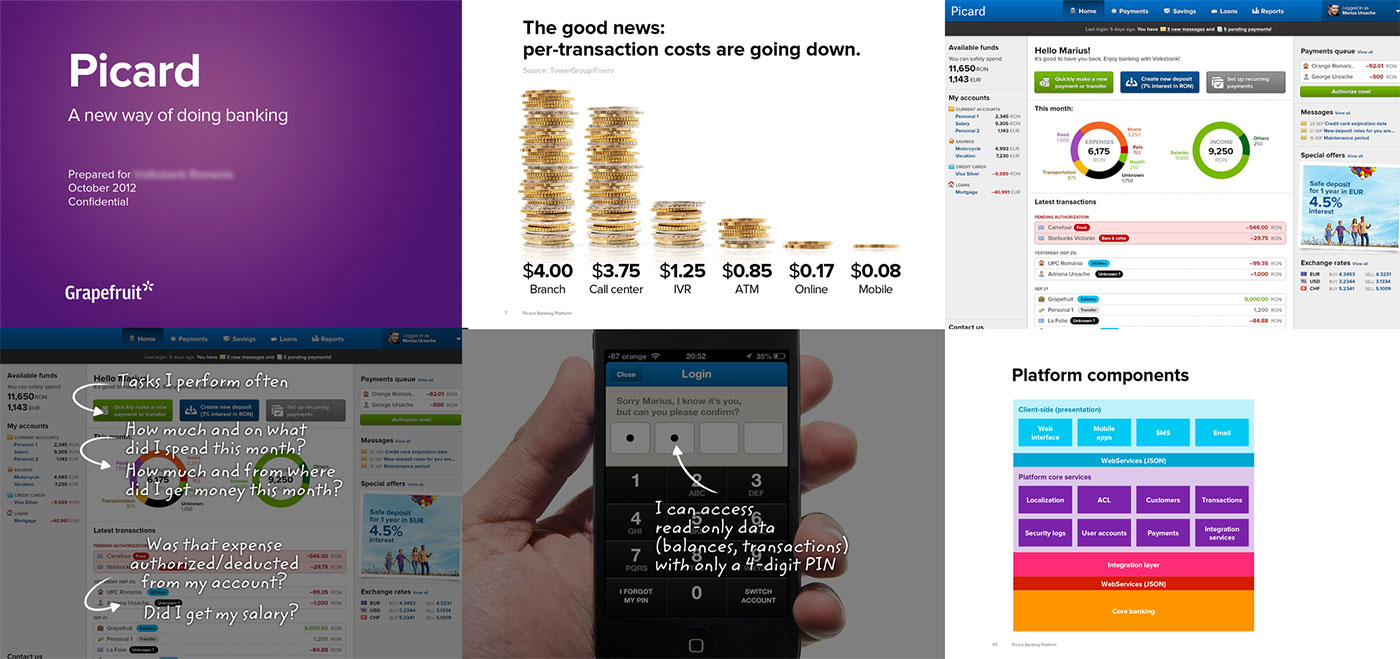
The most popular form of crowdfunding for blockchain-based companies right now is the ICO (Initial Coin Offering). An Initial Coin Offering (ICO) is used by startups to bypass the rigorous and regulated capital-raising process required by venture capitalists or banks. In an ICO campaign, a percentage of the cryptocurrency is sold to early backers of the project in exchange for legal tender or other cryptocurrencies, but usually for Bitcoin. In the early years, pioneer ICOs like Ethereum, Golem Project or SingulardTV raised over 300 million dollars. In 2017, a single ICO, Filecoin, raised 257 million dollars, and a total of $1.6 billion dollars is estimated to have been raised.
Most ICOs use a High-Level Product Specification under the form of a landing page and/or a white paper. Now, while some ICOs are complete scams, with landing pages that are more slidewares than High-Level Product Specifications, I’m talking about the legitimate ICOs. An ICO white paper is a document determining the technology of a blockchain project. It usually contains a detailed description of the system architecture and its interaction with users, as well as current market data and growth anticipations and requirements for the issue and the use of tokens. It also provides a list of project team members, investors, and advisors. Similar to the classical High-Level Product Specification we’ve discussed, the document’s aim is to build trust and describe the product. It contains the problem, the proposed solution, and a description of the token commercialization (product interaction with the economy and technical provisions of commercialization). However, unlike the visual representation I initially described, its main focus is the technology. As ICOs continue to evolve, I think we’ll be seeing more elements of a classical High-Level Product Specification being introduced, for companies looking to make it clear that they’re not a scam and that they do indeed have a real product worth investing in.
By following the previous steps in the Disciplined Entrepreneurship framework, you’ll have the necessary foundation in the form of a clearly defined Beachhead Market, a Total Addressable Market, and an ideal End User Profile. Based on these, your High-Level Product Specification will reflect an actual product, it won’t be “just a slide”.
And this will save you months, or even years, of building a solution that customers won’t pay for.
